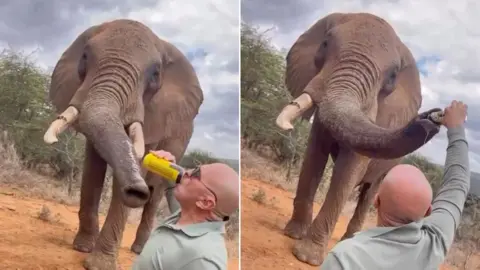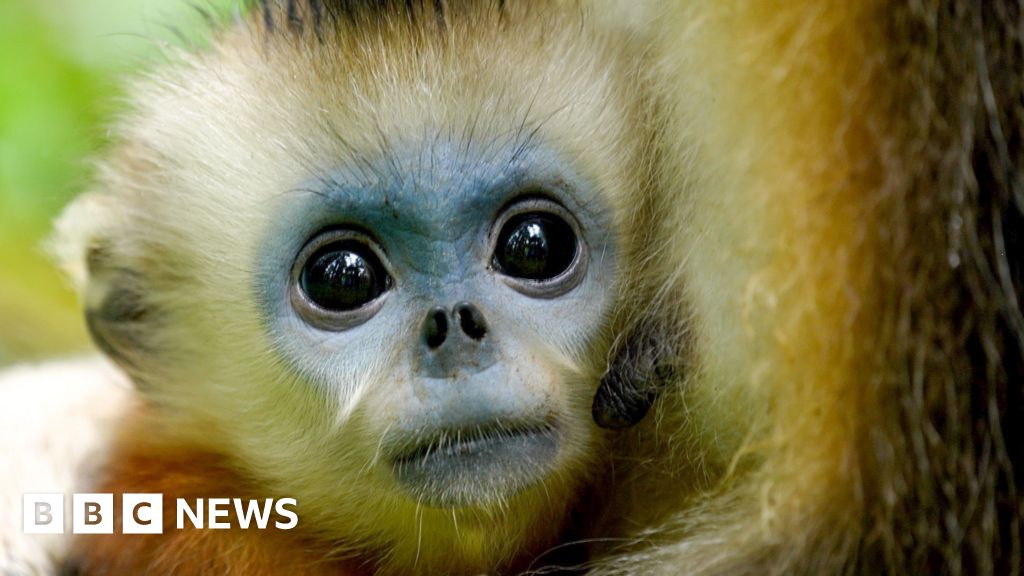A groundbreaking study has revealed that a simple yet effective method can significantly reduce rhino poaching in Africa—removing their horns. In an analysis published in the journal Science, wildlife management practices were examined across eight reserves in Southern Africa, showing that dehorning resulted in a staggering 78 percent decline in poaching incidents.
Timothy Kuiper, a statistics and nature conservation expert from Nelson Mandela University and lead author of the study, emphasized the need for reevaluating conventional poaching prevention strategies. He pointed out that, despite significant funding directed towards militarized ranger patrols and advanced surveillance techniques, traditional law enforcement efforts have not produced the desired reductions in rhino fatalities.
While countless resources have been deployed to nab poachers, the findings suggest that these initiatives have yielded minimal success. Hundreds of arrests of poaching suspects did not correspond to a marked drop in rhino deaths. The study urges a pivot from aggressive law enforcement toward more innovative, practical solutions to tackling wildlife crime.
Dr. Vanessa Duthé, a Harvard postdoctoral researcher specializing in rhinoceros studies, noted that despite the ongoing debate over the efficacy and ethical implications of dehorning, this research indicates that the advantages significantly surpass the costs associated with the procedure.
In recent years, dehorning has emerged as a prevalent tactic in Southern Africa, initiated in response to escalating poaching activities. The procedure involves sedating the rhinos and carefully removing the tips of their horns, which regrow over time, similar to how fingernails do—typically within 18 months.
Overall, this new approach provides a promising avenue in the continuous fight against rhino poaching, offering a ray of hope for conservationists aiming to protect these endangered species from illegal hunting and trafficking.



















